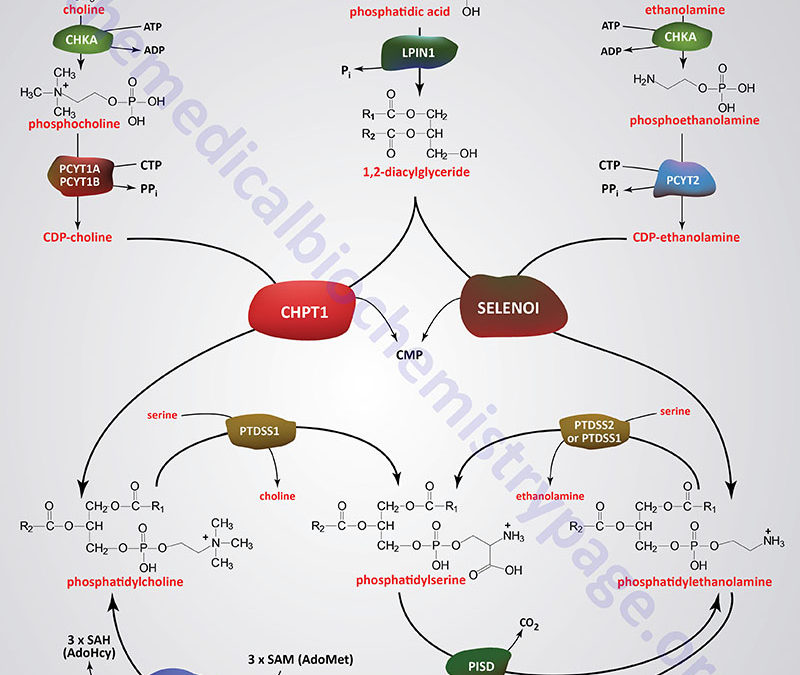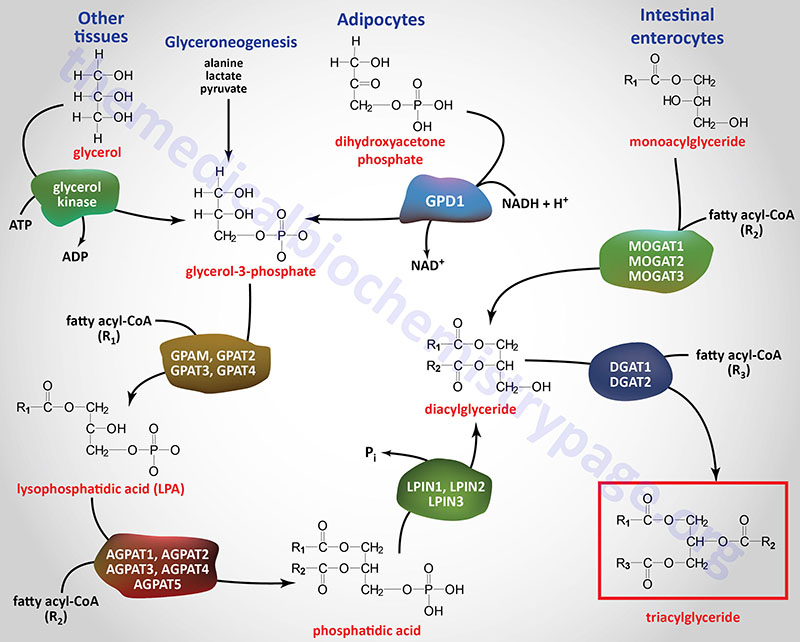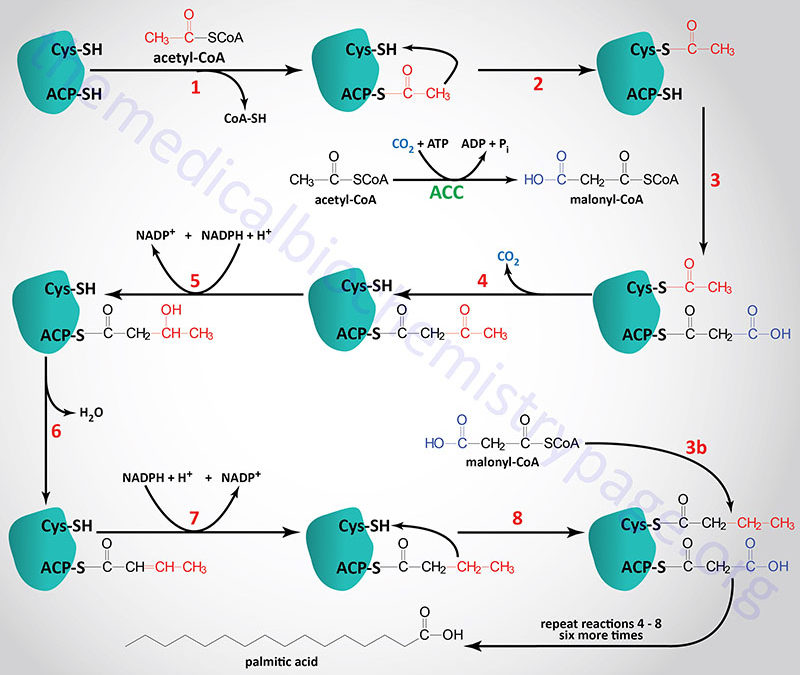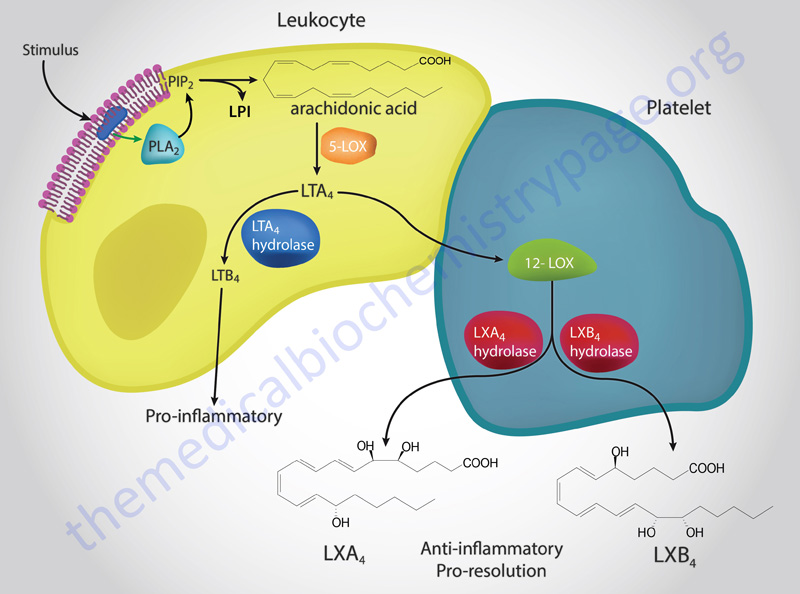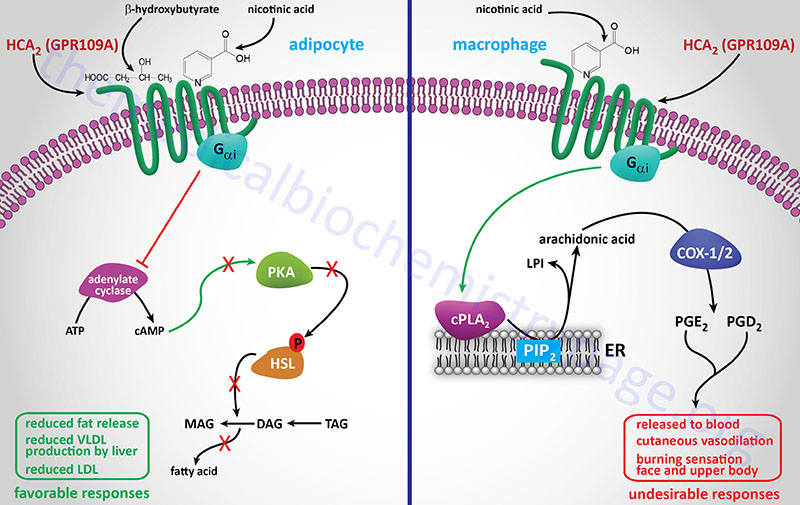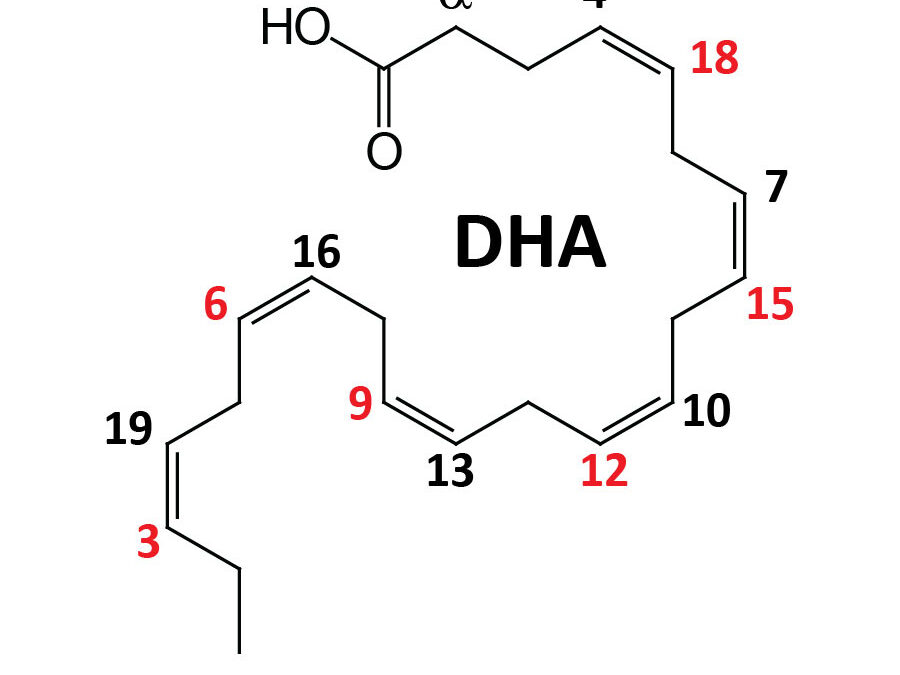The Lipid Metabolism section contains posts/pages on the basic biochemistry of biological lipids, the biosynthesis and catabolism of fatty acids, the synthesis of triglycerides, the synthesis of cholesterol, the synthesis and metabolism of the lipoproteins, the synthesis of bile acids, the synthesis of complex bioactive lipids such as the various eicosanoids, the clinically relevant omega-3 and omega-6 polyunsaturated fatty acids (PUFA), and diseases that result from defects in the various pathways of lipid synthesis and catabolism. Additional posts/pages included in this section cover metabolism of the endocannabinoids and the metabolism of ethanol (alcohol).
